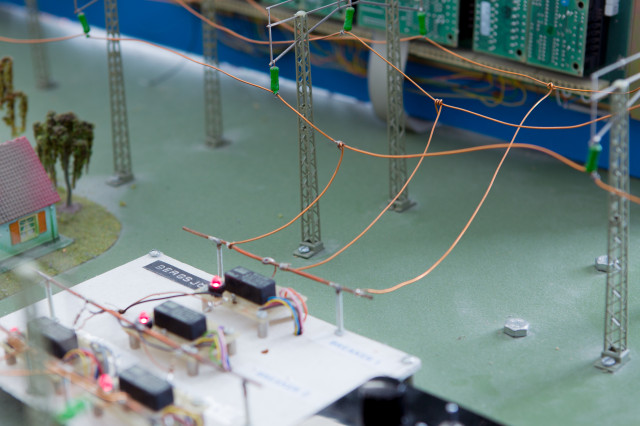- Idea generation, brainstorming processes and team consensus building
- Product visualization, modeling and prototyping techniques
- Consensus building outside the engineering team
- Business processes for product development
- Cost Analysis
- Customer analysis and marketing
- Technical project management
- Resource management of human, material, money and time
- Effective communication
- Dealing with failure. Failure analysis, constructively moving forward
- Building on success for continued product and group progress
II2300 Product Realization Processes I 7.5 credits

Information per course offering
Course offerings are missing for current or upcoming semesters.
Course syllabus as PDF
Please note: all information from the Course syllabus is available on this page in an accessible format.
Course syllabus II2300 (Spring 2019–)Content and learning outcomes
Course contents
Intended learning outcomes
Product Realization Processes is a two part course. The first part covers processes, skills and technologies leading to the realization of ICT products intended for the commercial marketplace. Students will become familiar with idea generation, product design, prototyping methods and the steps necessary to show that a potential product can be commercially viable. In addition to the technical aspects of product realization, project processes and methods are also covered. Students will acquire skills for working with and managing groups of technical contributors, and processes for the effective application of technology development in a business environment. These include understanding and working with business components such as marketing, and management.
- To know how to describe and perform all required steps to visualize, model and develop an ICT product.
- To know how to lead innovation and idea generation sessions. To be able to describe and use methods to derive maximum output from such sessions.
- To know how to quantitatively analyze business forces on ICT product realization. This includes using cost analysis, customer analysis and resource constraints that involve human resources, material and time.
Literature and preparations
Specific prerequisites
Recommended prerequisites
It is recommended that students enrolling in this course have taken an undergraduate course of studies in engineering or computer science.
Literature
The required textbook for this course is:
"Product Design and Development" by Karl T. Ulrich and Steven D. Eppinger, 4th edition, McGraw-Hill, 2007
Examination and completion
Grading scale
Examination
- INL1 - Problem Assignments, 4.5 credits, grading scale: A, B, C, D, E, FX, F
- TEN1 - Examination, 3.0 credits, grading scale: A, B, C, D, E, FX, F
Based on recommendation from KTH’s coordinator for disabilities, the examiner will decide how to adapt an examination for students with documented disability.
The examiner may apply another examination format when re-examining individual students.
If the course is discontinued, students may request to be examined during the following two academic years.
Passed written exam TEN1: 3 hp, Grade A-FProblem assignments INL1: 4,5 hp, Grade A-FThe grade for the course is calculated as a weighted average where the grade E-A are given a value of 1-5. Roundhalfs up.
Examiner
Ethical approach
- All members of a group are responsible for the group's work.
- In any assessment, every student shall honestly disclose any help received and sources used.
- In an oral assessment, every student shall be able to present and answer questions about the entire assignment and solution.
Further information
Course room in Canvas
Offered by
Main field of study
Education cycle
Supplementary information
In this course, the EECS code of honor applies, see: http://www.kth.se/en/eecs/utbildning/hederskodex.